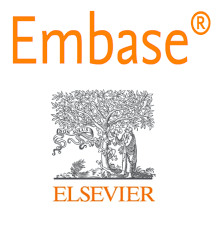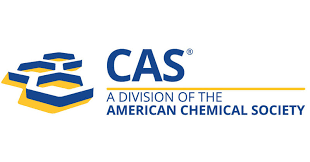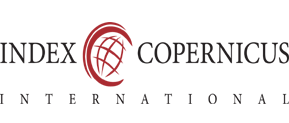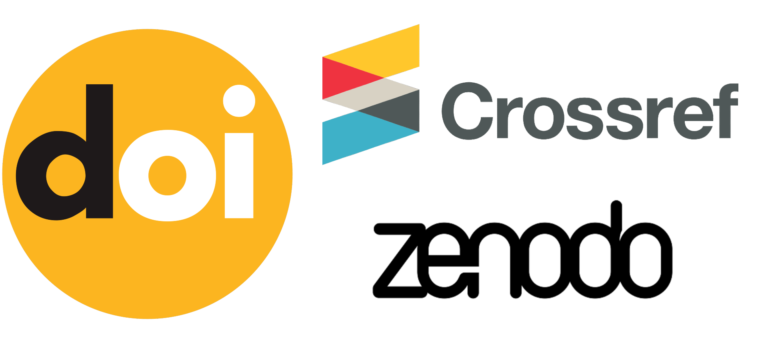SURGICAL MANAGEMENT OF COMMON BILE DUCT STONES WITH BILIOENTERIC ANASTAMOSIS A RELIABLE PROCEDURE TILL DATE- SINGLE CENTRE OBSERVATIONAL STUDY
Keywords:
Choledochoduodenostomy, cholecystectomy, Laparoscopy, Endoscopy retrograde cholangiography.Abstract
Background: In the era of Endoscopy, surgical management of common bile duct stones still promising in few patients with incomplete stone removal. The aim of this study was to assess the need and outcome of choledochoduodenostomy in group of patients for difficult CBD stones. Materials and method: This is a retrospective review of cases from a tertiary care centre in India from January 2019 to December 2022. Results: Out of total 38 patients of difficult CBD stones,25 patients underwent Endoscopic retrograde cholangiography (ERC), stenting was done in the view of incomplete stone removal and in 13 patients without ERC, Laparoscopic CDD (choledochoduodenostomy)in 5 patients (13.1%), open CDD in 33 patients (86.84%). One patient underwent open CDD with splenectomy for AIHA with splenomegaly. The mean operating time 180.78±21.21 mins. However, we had early complications which includes bile leak (n= 4 10.5%) three patients in Open CDD, one patient in Laparoscpic CDD, which was managed conservatively, wound infection ( n=9 23.6%) in biliary stented patients, hyperamylasemia (n=1 2.63%) and intra-abdominal collection (n=1 2.63%), was managed by percutaneous drainage. we have observed lesser early complications in Laparoscopic CDD compared to Open CDD. Complications in median follow up period of 13.5 months (3-24 months) were uneventful. Conclusion: Laparoscopic/Open CDD have been found to be reliable and efficient rescue procedure managing difficult CBD stone in patients with or without prior Endotherapy. Laparoscopic CDD in selective patients have better short term outcome.
.png)









